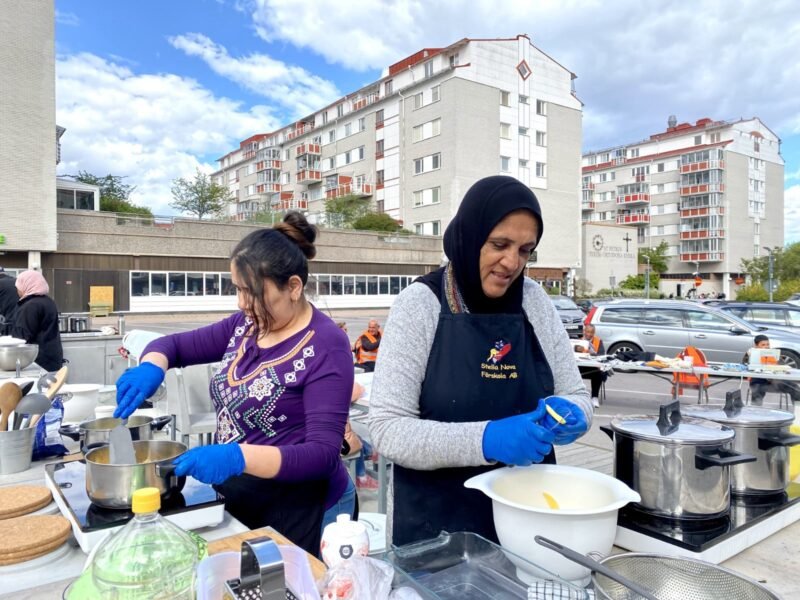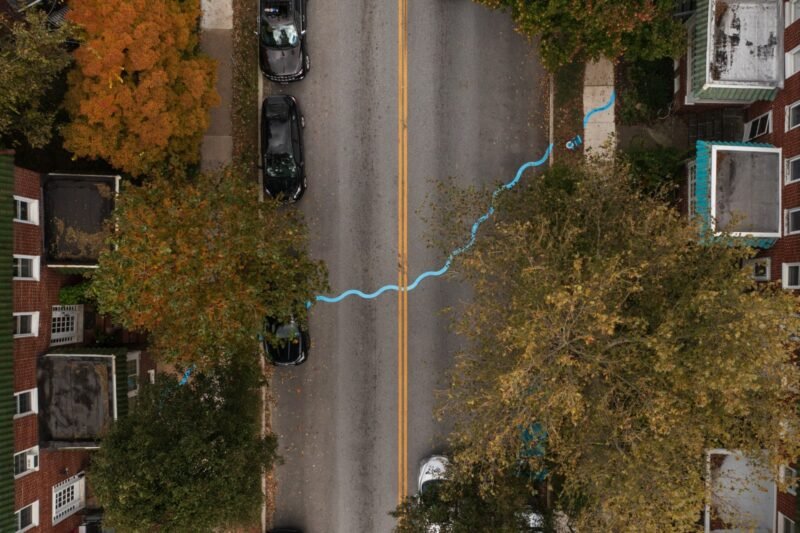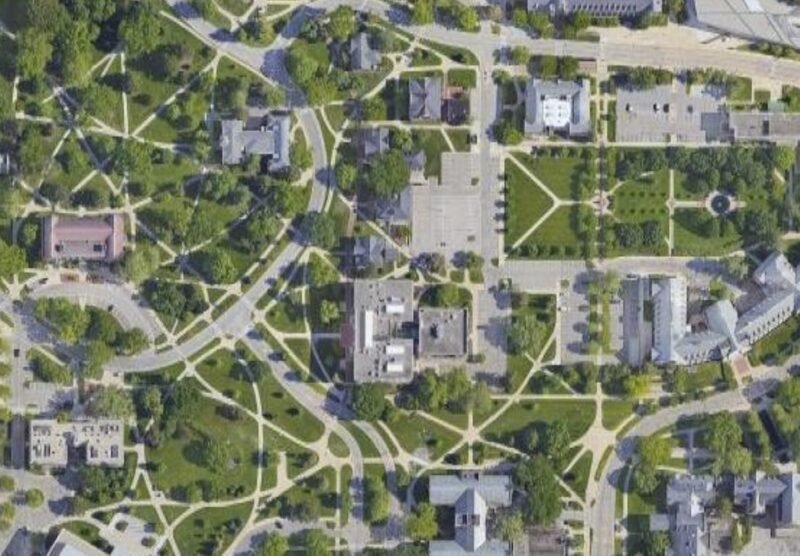Learning About Public Space With Benchmark
The Benchmark project in Groningen makes use of technology by implementing sensors in benches, measuring their use. The benches have QR-codes to direct users of public space to a questionnaire about the benches and public seating in general.
When designing public spaces, a few basic elements are often included. Greenery, benches and trashcans are just a few of those. In the best case scenario, cities include inhabitants in the process of planning public spaces. But then the participation is over, as people are hardly ever asked their opinions about the public space once a project is completed. The Benchmark project set up by Bureau Buitendienst aims to turn this around and involve citizens in public space decisions for the long-run.

Seating is an important feature in public space as it provides a place for the elderly to rest, facilitates more mobility in the neighborhood, and creates a place for users to observe and meet others. It has a positive effect on the experience and liveliness of shopping streets, squares, and playgrounds. Unfortunately, there is very little knowledge about how to place and design benches and other sitting facilities.

As a response, the Benchmark project uses technology to gather observations of the use of seating in public space. The smart bench includes sensors measuring its use as well as a QR-code which redirects users to a questionnaire which allows them to give their opinion on the bench and public seating in general. The bench can be situated in different spots of the city and help ‘activate’ various areas showing a need for seating there.

The first Benchmark was set up in Groningen (in the north of the Netherlands) where it was moved weekly throughout the city center. This simple intervention helped conclude that there was a high demand for seating in different parts of the city. With the help of technology we can find new ways of passive participation which tells us a lot about the use and wishes of the inhabitants. The practical bench allows people to express their opinion of public space by simply using it.
Moreover, the location and design of the bench were proven to be important in creating inclusive public spaces with opportunities for citizen interaction and engagement. This, and similar projects, are a small but significant first step in involving inhabitants of cities in the process of planning user-friendly public spaces for now, and for the future.



